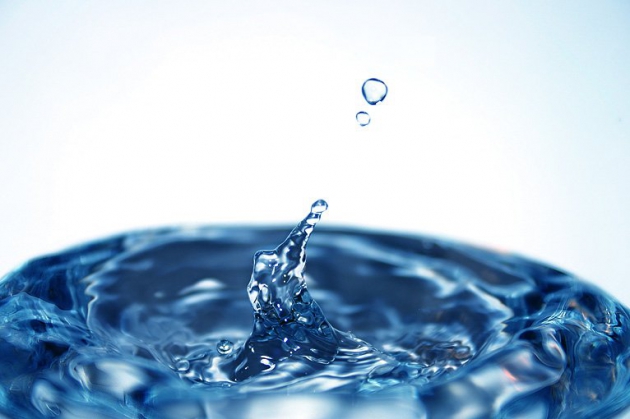With more than 30 years’ experience in the residential and commercial water treatment space, Mark Nelson is a Class 1 Drinking-Water Operator and a CBWA (Canadian Bottled Water Association) Certified Plant Operator. As founder and president of Nelson Water in Ottawa, Mark focuses on dealing with challenging water treatment system designs for problem water. He also heads the largest water bottling plant in the city of Ottawa with a delivery network throughout the Valley.
Sulfates are a common contaminant in both residential and commercial water supplies. Unlike sulfur, sulfates are odourless and colourless, and the presence of high levels can lead to a number of side effects including stomach upset, weight loss and dehydration, particularly for the elderly and infants. So, does your water contain sulfates and what can you do about it?
The Importance of Water Testing
Unlike many contaminants that affect the aesthetic qualities of your water, sulfates are both colour and odourless. This means that the only reliable way to determine if your water contains sulfates is through water testing. Laboratory testing can not only confirm the presence of sulfates, but also the sulfate levels, so you can have the information you need to make an informed decision. Although there are some home testing kits available, you need to ensure that the water sample is obtained correctly for the most accurate results, so many home and business owners rely on the expertise of an experienced water treatment professional.
Removing Sulfates From Your Water
There are three main methods of removing sulfates from drinking water; ion exchange, distillation and reverse osmosis.
Ion exchange is a popular method of removing sulfate from water. These types of systems use special resin to attract sulfate ions to be swapped for other ions that are safe for human consumption. This is the same method of water treatment used by water softeners, but a sulfate ion exchange system will not remove water hardness minerals as this requires a different type of resin to attract the magnesium and calcium ions.
Distillation requires the water to be boiled and cooled to allow the steam to condense. Any contaminants that were previously dissolved in your water, such as sulfates will be left behind, while the steam allows the pure water to escape and be condensed. If done carefully and properly, distillation can remove all traces of sulfates from your water, but it is not the fastest treatment method. It can take as long as 4 hours to treat just one gallon of water, so this is not a practical choice for the typical family home, which uses hundreds of gallons of water each week.
Reverse Osmosis uses high pressure to push water through a semipermeable membrane. This membrane has pores that vary between 0.1 and 5,000 nm, allowing 99% of contaminants, including viruses and bacteria to be filtered from the water. Typically, RO systems can remove between 93 and 99% of sulfates from water supplies, but the membrane can become damaged by sediment and some other water contaminants.
Choosing Your Sulfate Water Treatment System
Your choice of method to eradicate sulfates from your water will largely depend on if there are any other water quality issues. If your water has a number of contaminants, you may need to add a method of sulfate abatement to a more comprehensive water treatment system. If you have concerns about sulfates in your water, it is a good idea to speak to a water treatment specialist. An experienced professional can assess the contaminant levels in your water and guide you through the range of treatment options best suited to your specific water quality issues.

